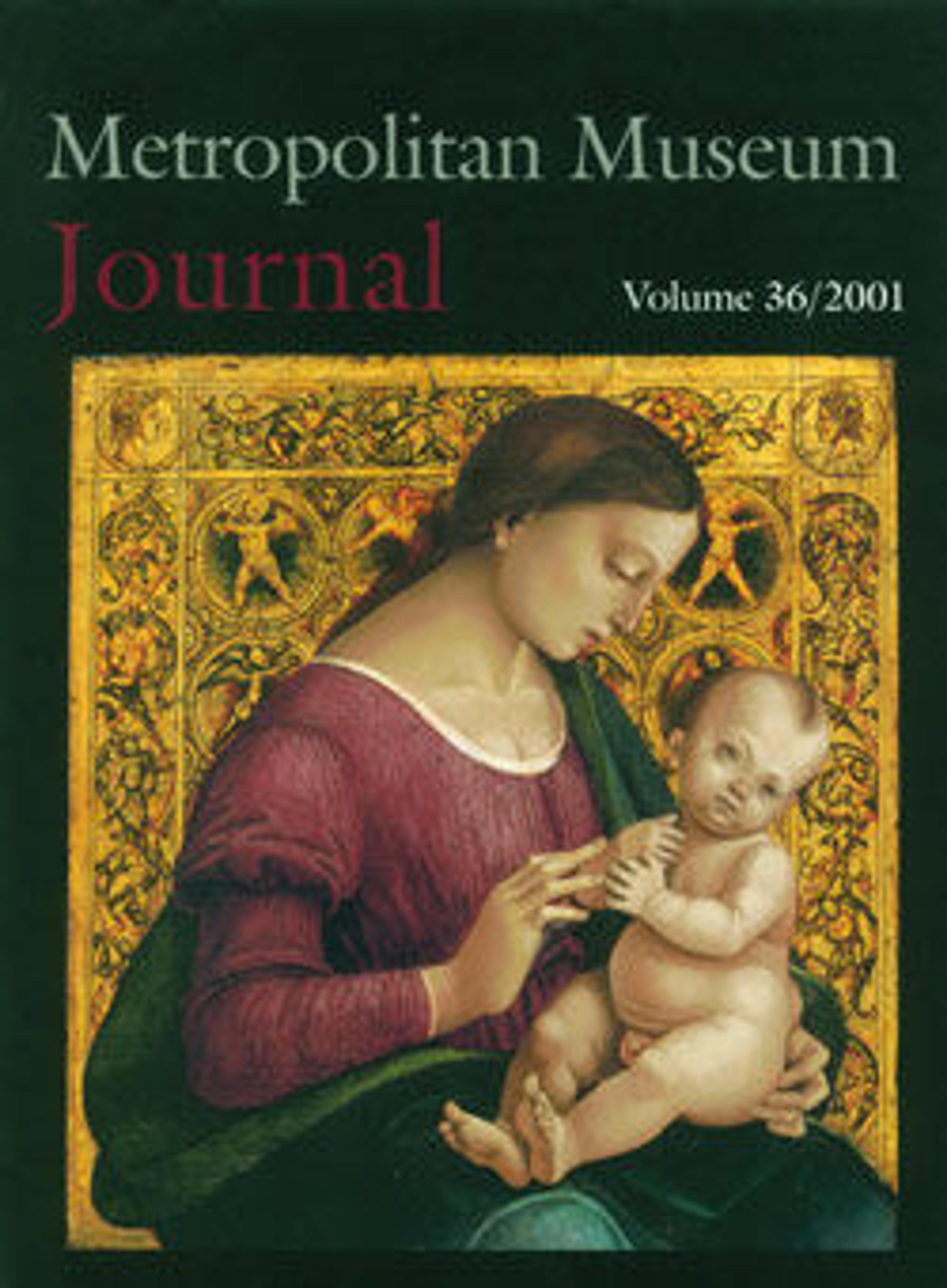Bwanga bwa bwimpe (female power figure)
The Luluwa people live at the crossroads of several major art-producing cultures: the Luba to the east, the Chokwe to the southwest, and the Kuba to the north. In contrast to the more public prestige-enhancing royal arts of their powerful neighbors, the arts of the Luluwa in pre-colonial times were generally privately owned. Nonetheless, symbols of authority, such as ceremonial weapons, staffs of office and leopard-skin skirts, are seen on many of the figures. The hallmark of Luluwa sculpture is a profusion of intricate scarification patterns that adorn the surface, preserving in sculpture a form of body art abandoned over a century ago. Luluwa figures referred to ancestral spirits who bestowed protection, good fortune, and beauty on their devotees. During pregnancy and childbirth, women tucked the small half figures that end in a point into their wrappers or belts for protection; after the child was born, the standing figures were placed next to the baby's bed to keep the infant from harm.
Artwork Details
- Title:Bwanga bwa bwimpe (female power figure)
- Artist:Luluwa artist and mpaka manga (ritual specialist)
- Date:19th–early 20th century
- Geography:Democratic Republic of the Congo
- Culture:Luluwa peoples
- Medium:Wood, ivory (?), applied organic matter
- Dimensions:H. 11 3/8 x W. 3 x D. 2 5/8 in. (28.9 x 7.6 x 6.7 cm)
- Classification:Wood-Sculpture
- Credit Line:The Michael C. Rockefeller Memorial Collection, Bequest of Nelson A. Rockefeller, 1979
- Object Number:1979.206.37
- Curatorial Department: The Michael C. Rockefeller Wing
More Artwork
Research Resources
The Met provides unparalleled resources for research and welcomes an international community of students and scholars. The Met's Open Access API is where creators and researchers can connect to the The Met collection. Open Access data and public domain images are available for unrestricted commercial and noncommercial use without permission or fee.
To request images under copyright and other restrictions, please use this Image Request form.
Feedback
We continue to research and examine historical and cultural context for objects in The Met collection. If you have comments or questions about this object record, please contact us using the form below. The Museum looks forward to receiving your comments.
